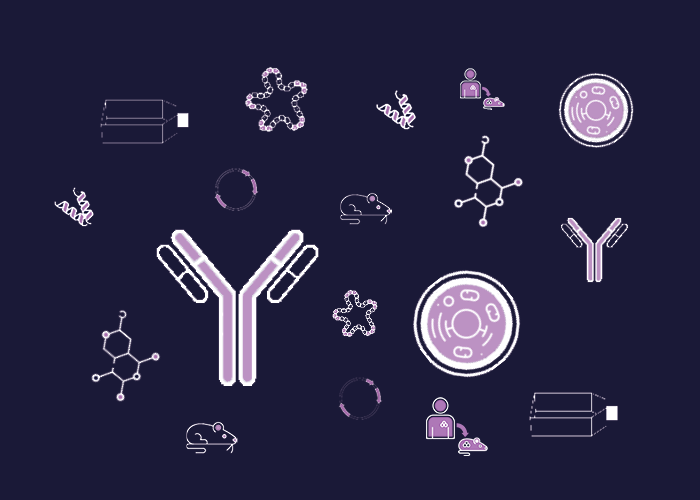
Cat. #151663
MEF PKCe KO KI Cell Line
Cat. #: 151663
Unit size: 1x10^6 cells / vial
Availability: 10-12 weeks
Organism: Mouse
Tissue: Embryo
Disease: Cancer
Model: Transgenic
£575.00
This fee is applicable only for non-profit organisations. If you are a for-profit organisation or a researcher working on commercially-sponsored academic research, you will need to contact our licensing team for a commercial use license.
Contributor
Inventor: Peter Parker
Institute: Cancer Research UK, London Research Institute: Lincoln's Inn Fields
Tool Details
*FOR RESEARCH USE ONLY (for other uses, please contact the licensing team)
- Name: MEF PKCe KO KI Cell Line
- Research fields: Cancer;Cell biology;Cell signaling and signal transduction
- Organism: Mouse
- Tissue: Embryo
- Disease: Cancer
- Growth properties: Normal phenotype
- Model: Transgenic
- Description: MEF PKCe KO KI Cell Line is a clonal MEF line derived from PKCepsilon knock-out embryos subsequently transfected to re-express PKCe through stable transfection with pcDNA3 CMV/IE hygo+ PKCe. Matched isogenic cell line which is null for PKCe is also available. Useful for studying the role of PKCe in various biological processes
- Production details: MEFs were derived from PKCe knockout embryos. Polyclonal PKCeKO cells were transfected with pcDNA3 CMV/IE hygro+ PKCe vector using calcium phosphate. Clonal stable cell lines were selected using limiting dilution. The vector was contructed by replacing the promoter region in pCMV hygro+ with a 2.1kb CMV/IE promoter derived from p63d. Mouse cDNA encoding full-length PKCe (3.3kb fragment) was ligated to the modified pcDNA3 CMV/IE hygro+ vector.
- Cellosaurus id: CVCL_AS82
Target Details
- Target: PKC epsilon
Handling
- Format: Frozen
- Growth medium: Cells were selected, and are routinely cultured in DMEM + 10% FCS and 100ug/ml hygromycin at 30degC in a 10% CO2 atmosphere
- Unit size: 1x10^6 cells / vial
- Shipping conditions: Dry ice
References
- Cited by 24 subsequent publications including:
- Ivaska, J. et al. 2002. EMBO J. 21:3608-19.PMID: 12110574
- Kermorgant, S. et al. 2004. EMBO J. 23: 3721:34. PMID 15385963
- Pardo et al. 2006. EMBO J. 25(13):3078-88. PMID: 16810323.
- FGF-2 protects small cell lung cancer cells from apoptosis through a complex involving PKCepsilon, B-Raf and S6K2.






